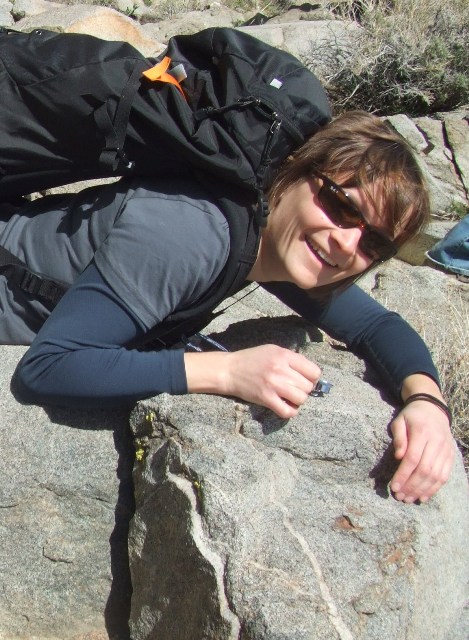-
Biography:
- I completed my undergraduate studies in geology at the Université Pierre et Marie Curie in Paris, France. During my last year of B.Sc., I conducted a one-year exchange program at the Laval University in Quebec City. There, I discovered the extensive opportunities that exist in Canada for geologists in the mining and petroleum industries, and this motivated me in pursuing my education and professional career in Canada. Then I completed a Master’s degree in structural geology at the University of Quebec (INRS-ETE), investigating the structures and tectonic evolution of Anticosti Island, Quebec.
As a student, I was involved in several summer field projects and internships. I was successively a field assistant for graduate students in the Pyrenean foreland basin of northern Spain, an intern at the Institut Français du Pétrole in Paris, and a field assistant and laboratory technician for a hydrocarbon maturation project in the Quebec Appalachians. After I completed my Master’s degree in Quebec, I moved to Vancouver and worked for two years as a Junior Resource Geologist at Golder Associates. I was involved in resource estimation projects as well as geotechnical assessments taking place at different stages of the mining cycle.
I am currently conducting a PhD program with the Mineral Deposit Research Unit at the University of British Columbia under the supervision of Craig Hart.
